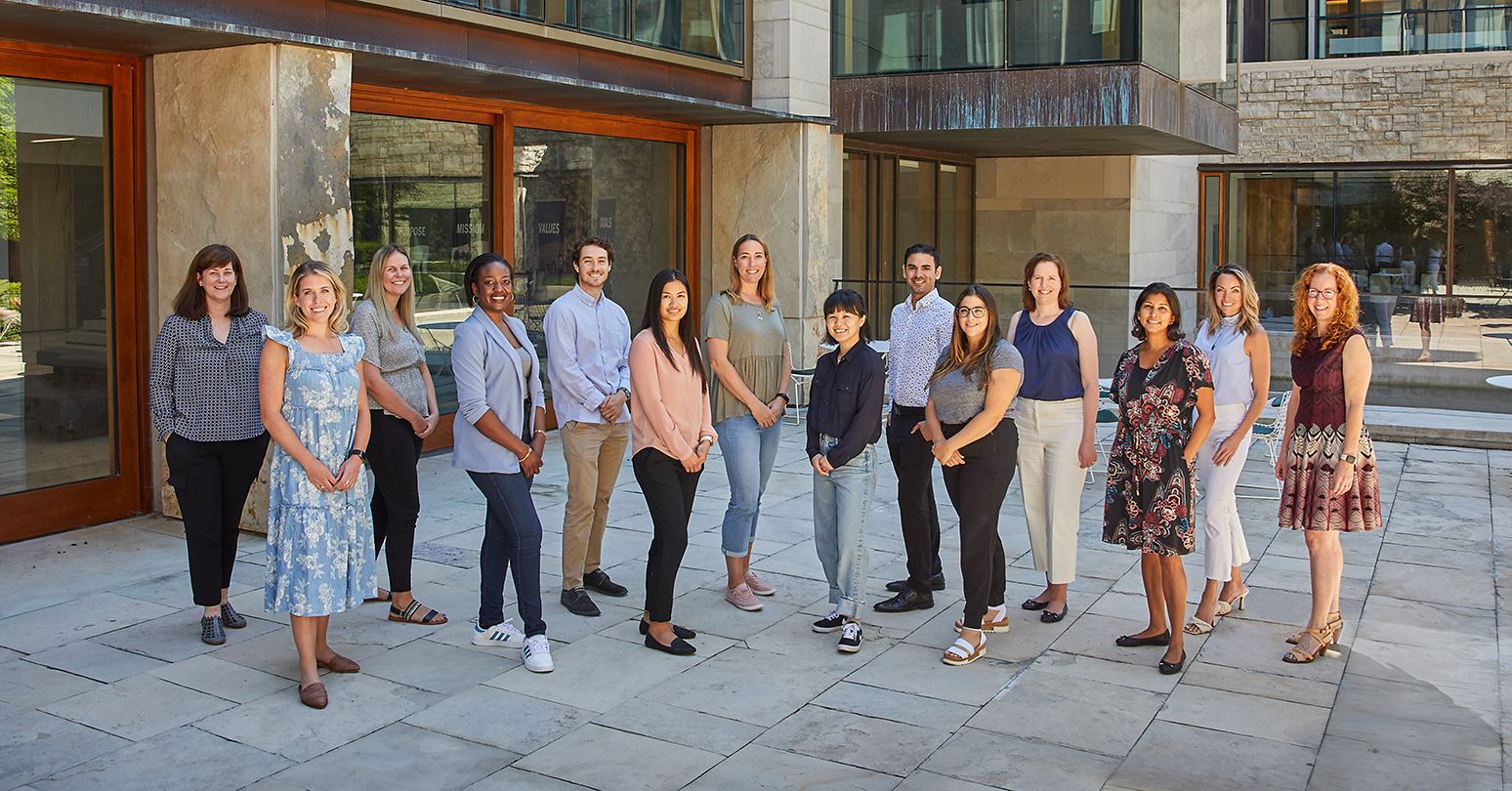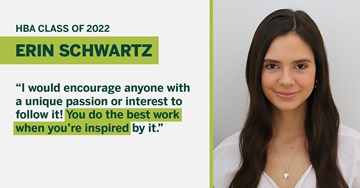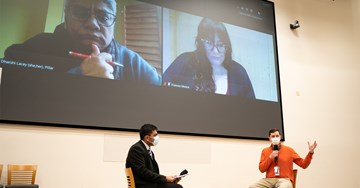Ivey’s largest program, the HBA for undergraduate students, will be even bigger this fall thanks to expansion plans to accommodate 150 additional students.
The program will add two new sections, bringing its total to 765 students. The students will be offered the chance to connect at virtual events this summer before the program begins.
Mary Weil, HBA Program Faculty Director, said the expansion has been a couple of years in the making and is in response to increasing demand for the program, which has led to high-quality students being rejected each year. Since the applicant pool has been so strong, the program has been making very tough decisions in recent years and rejecting excellent applicants.
“It has been very challenging to turn down students over the last couple of years. We’ve had some very accomplished students not make it into the program simply because we don’t have enough space,” she said. “For some students, getting into the program might have seemed unattainable and that’s very frustrating.”
New offerings and partnerships
Weil said the timing is right to expand for numerous reasons. One is to increase diversity in the program. The program can now recruit more outside Ontario in hope of attracting students with varied cultural and socio-economic backgrounds. Another is to increase the number of exchange students. The HBA currently has 46 international exchange partner schools in 26 different countries allowing for approximately 100 Ivey students to go out on exchange while international students come in.
And to accommodate high demand for combined degrees, the program hopes to increase the number of students in such offerings, particularly options in Social Sciences and Arts & Humanities.
“There are some complementary territories that business schools typically lean into, such as Engineering, but when we look at the critical issues that we care about as a School, they are going to rely on interdisciplinary thinking that’s deeply steeped in the Humanities. That’s why this is an incredible opportunity for us to increase the dual degrees from Social Sciences and Arts & Humanities,” said Nadine de Gannes, HBA ’09, Associate Faculty Director of the HBA program.
On July 1, de Gannes will take over as HBA Program Faculty Director. She said she is excited about the opportunities expansion might bring, such as the potential for curriculum changes and collaborations with other Western University faculties.
Last year, a collaboration with Western’s Office of Indigenous Initiatives enabled HBA1 students to take the online Indigenous knowledge educational program, The Path: Your Journey Through Indigenous Canada™. This was an important step toward diversity, de Gannes said, since an institution that has embarked on truth and reconciliation will be better prepared to welcome more Indigenous students, and ensure that those students thrive.
Expansion benefits
She knows firsthand the opportunities expansion can bring. She was in the HBA program in 2007 when the program last grew by 25 per cent. Although de Gannes said students were initially concerned about program dilution, many quickly saw that wasn’t the case. That phase of expansion brought with it more out-of-province and international students, and a range of new electives.
“When I look back on that year, those early rumbles and irritations about whether the program was exclusive enough faded away and we embraced all that’s exciting about change,” she said. “Our incoming cohort will be uniquely different. By having more representative voices, our students will be that much more effective in decision-making, by having engaged and challenged each other's ideas and perspectives. That’s what higher education is about, that’s what our case classroom discussions make possible."
More faculty, staff, and touchpoints
Although there is more to do in coming months, Weil said most of the preparation work is complete. Among other things, Ivey has hired additional faculty members, including some who will teach new elective courses, and four new teaching scholars will serve as section heads in the program. Weil said the program’s section-head structure, where each section of students has a lead faculty member, helps to ensure all students feel included. On the staff side, the academic advisor team and HBA co-ordinators have expanded to offer more services and touchpoints for students.
“We’re constantly improving because that’s something Ivey believes in,” she said. “When I think about the program, the staff team, and the faculty, everybody is open to innovation and trying something new. We would be nowhere without the incredibly talented strong team in the HBA Program Office.”
Increasing the pool of next-generation leaders
And if history is any indication, the program expansion will not erode the quality of the students. When the HBA expanded from four to eight sections between 2007 and 2012, Weil said the quality of students and career placement rates remained high and continue to be so.
“Were there to be a challenge, the marketplace would be giving us signals … The way we see it is, the more graduates we have, the more impact they can have,” said Weil.
If we do a good job – and I think we do – in terms of creating opportunities for students to think about critical issues, then we’re sending more people out into the world who have the abilities and thoughtfulness to do more.”
– Mary Weil



